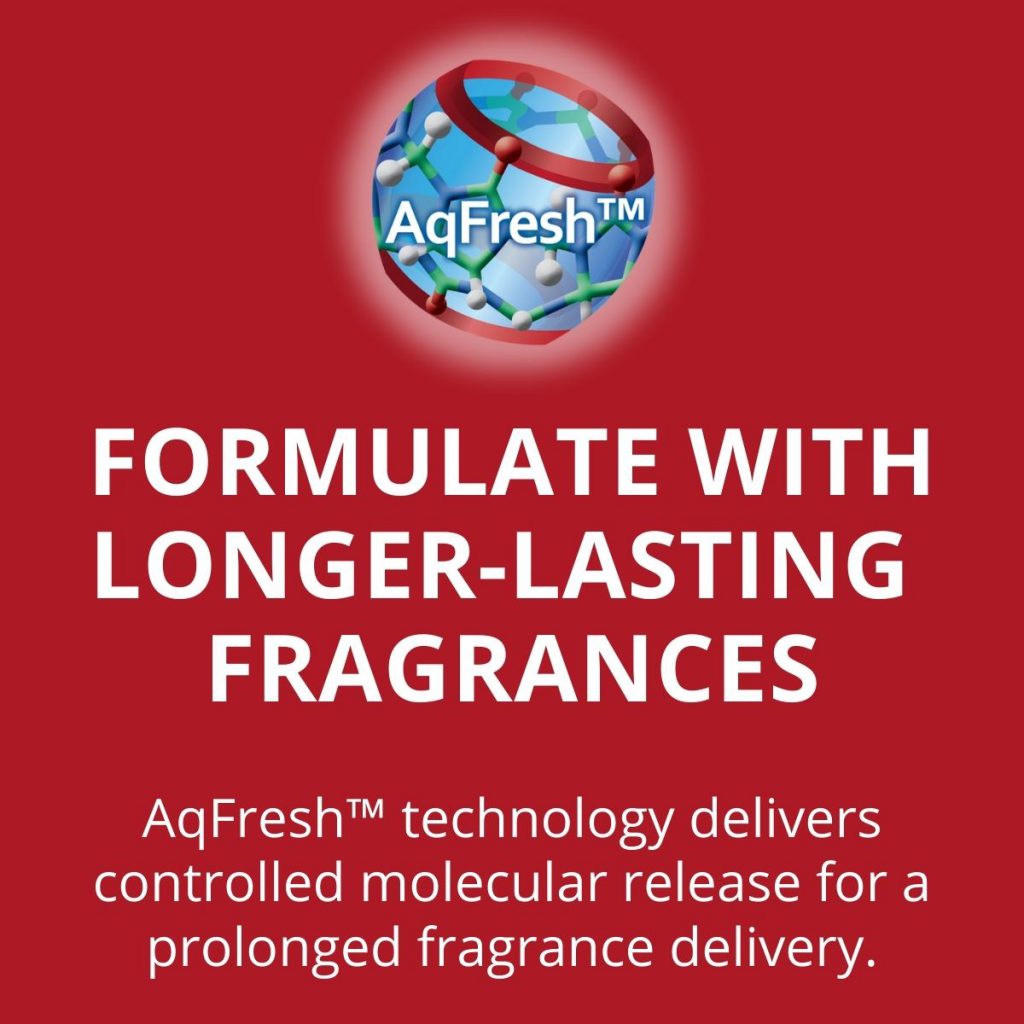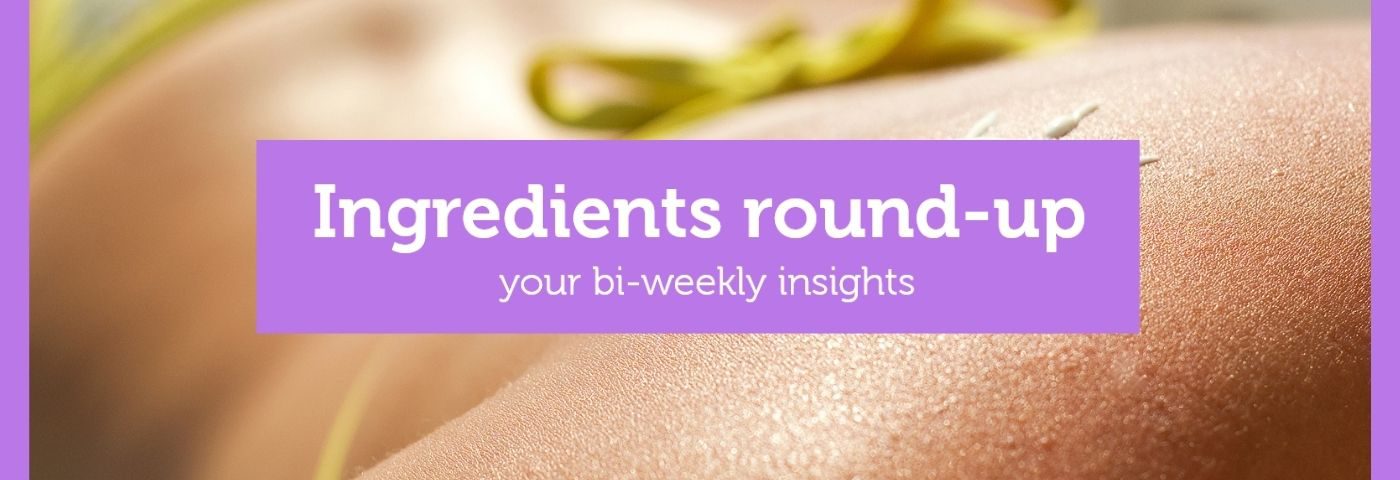Want to stay in the know when it comes to cosmetic ingredients? Delve into our bi-weekly round-up of the latest ingredients news and what that might mean for the industry.
L’Oréal research underlines benefits of ceramides in UV protection skin care
A team of researchers from L’Oréal’s R&D centre in Clark, New Jersey has published a peer-reviewed study in the Journal of Drugs in Dermatology that highlights the efficacy of ceramide formulations for the enhancement of UV protection in skincare products.
According to the research, a skincare regimen that includes a moisturizer and sunscreen formulated with ceramides can serve to protect against UV-induced skin barrier damage from sun exposure. The study evaluated how UV exposure can impact the skin barrier by using the equivalent of two hours of UV exposure during the peak of summer in New York City.
The L’Oréal team decided to demonstrate the impact of a ceramide-containing skincare formula by using CeraVe, the company’s own brand that is a combined sunscreen and moisturising product. The study found that the skin barrier cells that were UV-exposed and treated with the ceramide-containing moisturiser and sunscreen were preserved and mimicked the skin barrier cells that were unexposed to UV. This compared to untreated skin barrier cells, which when exposed to the same amount of UV showed significant damage.
According to the L’Oréal team, the study findings reinforce the benefits of ceramide-containing skincare formulations in helping to protect against UV-induced skin barrier damage, which can lead to barrier compromised eczema outbreaks.
“As the leader in therapeutic skincare, we at CeraVe are committed to working with dermatologists to better understand the skin barrier and develop efficacious formulas with critical ingredients for healthy skin, like ceramides, that deliver therapeutic solutions for all skin needs,” said Tom Allison, SVP and global head of professional marketing at CeraVe.
“We are proud to be a part of the L’Oréal Research and Innovation team that continues to lead the industry in scientific developments that help improve patient outcomes by providing safe and effective therapeutic skincare.”

Aqdot launches molecular capture and release technology

UK-based Aqdot has launched AqFresh; a multifunctional ingredient with a broad range of claims including capturing bad odours, making fragrances last longer and neutralizing viruses.
The technology is based on cucurbit(n)urils (CBs), which are barrel-shaped molecules that act as hosts to target guest molecules and form a supramolecular complex. CBs cover a wide range of molecules, including VOCs and proteins, which the technology has been developed to capture using either sprays or solution.
The development team at Aqdot says that because many allergens are small proteins, the CBs in Aqdot can inhibit allergens from binding to antibodies, while many viruses, SARS CoV-2 pseudovirus, have spike glycoproteins that can effectively be inactivated by the CBs. With respect to allergens, Aqdot says that Aqfresh can remove up to 100% of allergens, a claim that is validated by clinical data. On top of this, it is also non-toxic, safe for the air, soft furnishings, pets and children.
Aqfresh is also said to be up to100% effective in capturing and eliminating malodours without having to rely on fragrance to mask those odours. For this application it is also effective in solid and liquid formulas and works with a wide pH range, to deliver an instant and long-lasting effect.
The technology is also said to be effective against a broad range of indoor pollutants, including BTEX, chlorinated compounds and formaldehyde. For this application, cucurbit(n)urils can bind both sulphur oxides and nitrogen oxides.
AqFresh has also been independently tested by the Virology Department of Cambridge/Addenbrookes Hospital to prove its effectiveness against viruses, thanks to the use of protein complexation. This makes it a safe alternative to biocidal technologies.
When formulated with fragrance, AqFresh can also deliver a longer-lasting fragrance experience, prolonging fragrance release by up to 24 hours, while also significantly improving fragrance intensity.
Sabinsa patent count reaches 308
With the addition of two new patents for its Nigellin and Sabroxy ingredient offerings, Sabinsa says it has now reached a grand total of 308 separate patents.
Its collection of patent grants includes various established category-leading ingredients, including LactoSpore, Digezyme and Curcumin C3 Complex, as well as the addition of a growing number of new patents, as the company continues to ramp up its portfolio.
Sabinsa, which serves the cosmetics, supplements and nutrition industries, filed its first patent back in 1996 for its black cumin ingredient, which has a broad range of beneficial properties, underlined by a US patent to register the ingredient’s use for reducing blood glucose levels.
“I’m very proud that Sabinsa has reached the milestone of over 300 patented grants worldwide, and more are coming,” said Dr. Muhammed Majeed, founder and chairman of the Sami-Sabinsa Group.
“Our motto ‘Our Innovation is your Answer’ truly reflects the new products, nutritional supplements and formulations we develop in accordance with global standards to cater to the growing needs of the industry, and consumers.”
Interested in finding the latest ingredients?
Sign up for free at in-cosmetics Discover, the new ingredient directory

